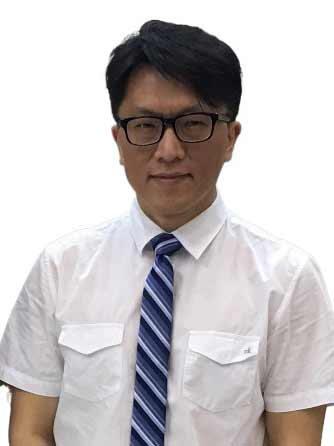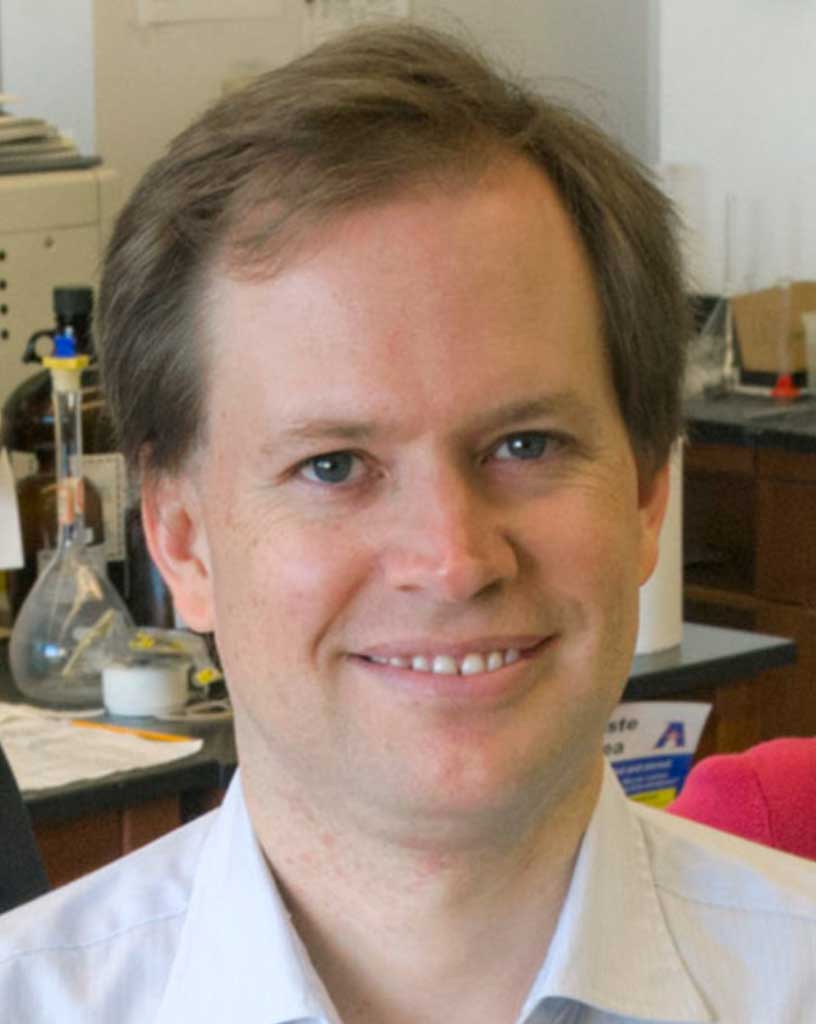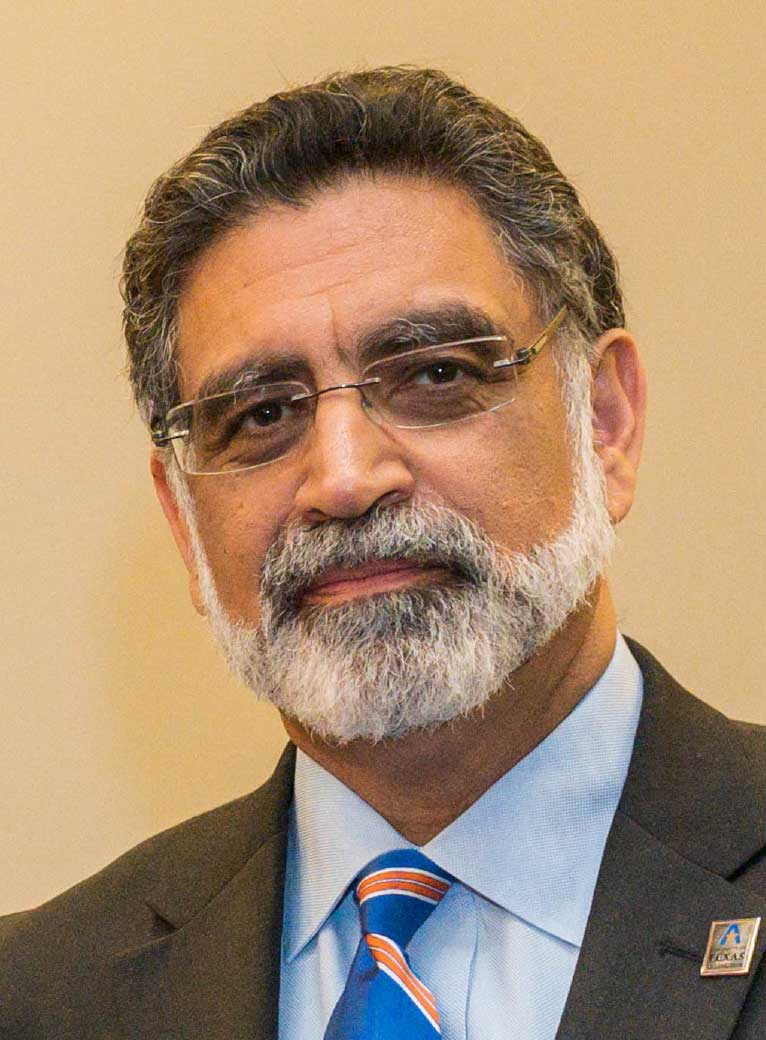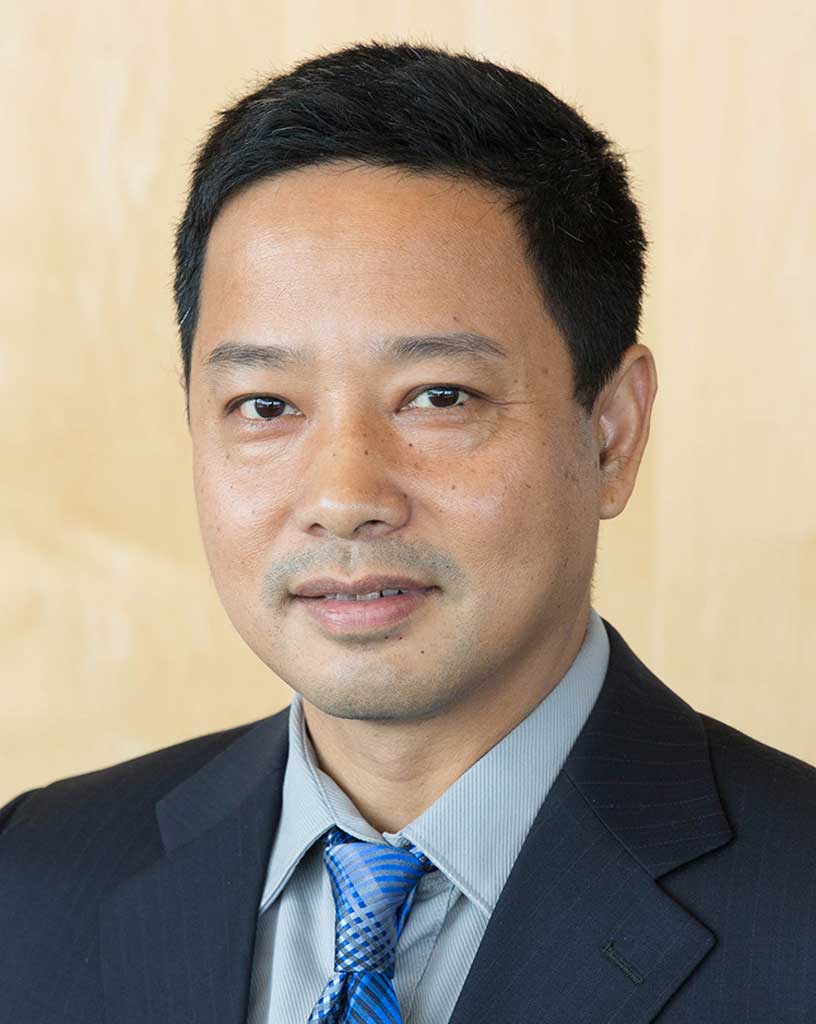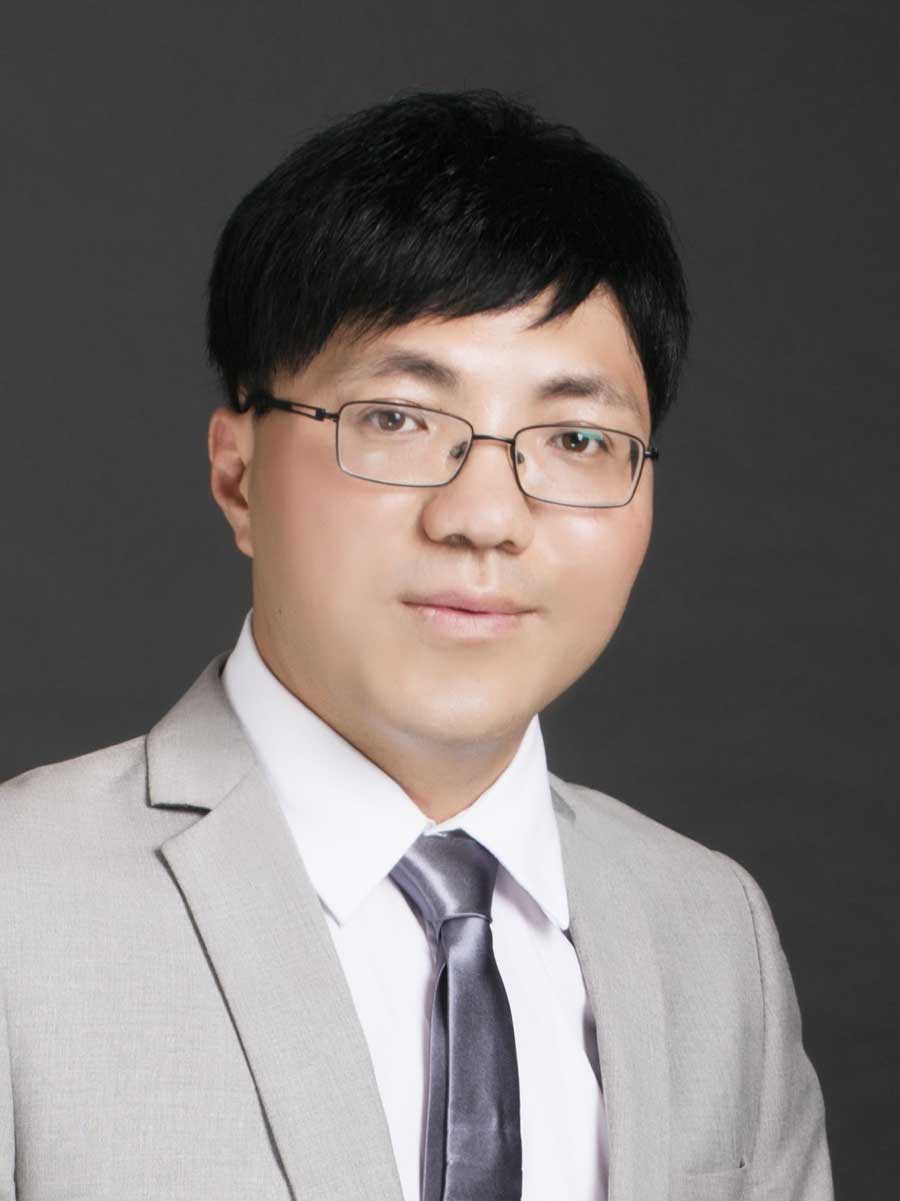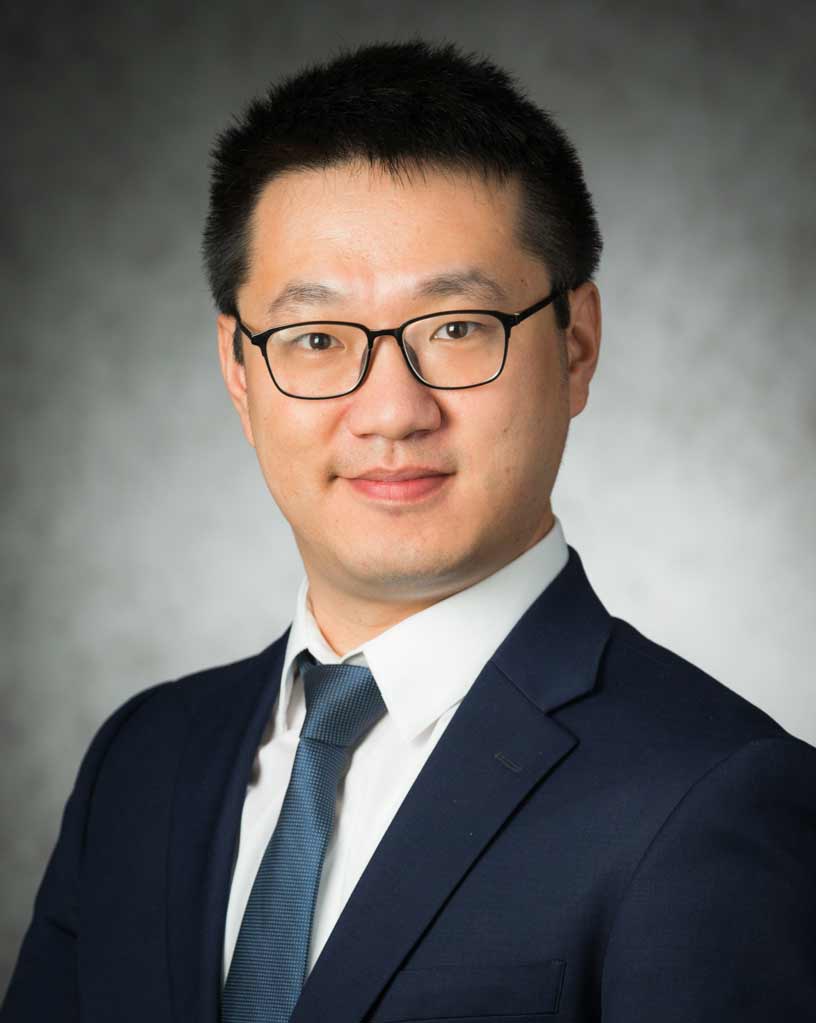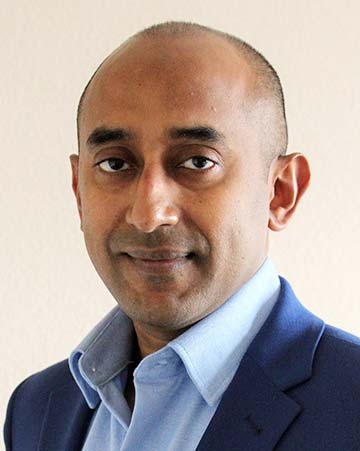634 Nedderman Hall
Box 19019
416 Yates Street
Arlington, TX 76019-0019
Structural and Mechanical Systems Simulation
Recent Highlights
Resources
Advanced Materials and Structures Lab
AMSL has unique imaging capabilities for advanced material characterization and structural and microstructural diagnostics, including one-of-a-kind microfocus X-ray computed tomography facilities for large structures and in-situ mechanical testing; versatile state-of-the-art digital image correlation facilities ranging from high-resolution to ultra-high-speed; and state-of-the-art in-situ scanning electron microscopy micro/nanomechanical testing facilities. AMSL also has advanced material testing systems for static, fatigue, and impact loads, thermal analysis and rheology; and manufacturing facilities.
Aerodynamics Research Center
The Aerodynamics Research Center is home to the nation’s only university-based arc-heated, hypersonic wind tunnel, which also features a femtosecond laser system. The facility also boasts low-speed, transonic and supersonic wind tunnels and a hypersonic shock tunnel.
Center for Renewable Energy and Science
CREST serves as a center of excellence in energy research and development in Texas. The technologies and intellectual properties that will accrue from this major initiative address important national energy needs and will promote local and regional economic development by spawning spin-off companies and technology licensing.
Institute of Predictive Performance Methodology
IPPM offers education, research and development experience in simulation, design, and manufacturing of composite materials, sensors and other bioengineering devices, nanomaterial design and fabrication, characterization of material properties and performance under mechanical (including high rate loading), thermal, and electrical/dielectrical applied environments.
Pulsed Power and Energy Lab
The Pulsed Power and Energy Lab studies pulsed power sources and loads, high voltage dielectric breakdown, electrochemical energy storage, mechanical energy storage, electric power delivery systems, microgrids, and power electronics. The lab is ITAR compliant and is flexible in its ability to work with federal and industrial partners.
Center for Advanced Construction Materials (ACM)
ACM is a state-of-the-art interdisciplinary, civil engineering and materials science University Center of Excellence for developing, characterizing, and testing innovative and smart materials for infrastructure.




